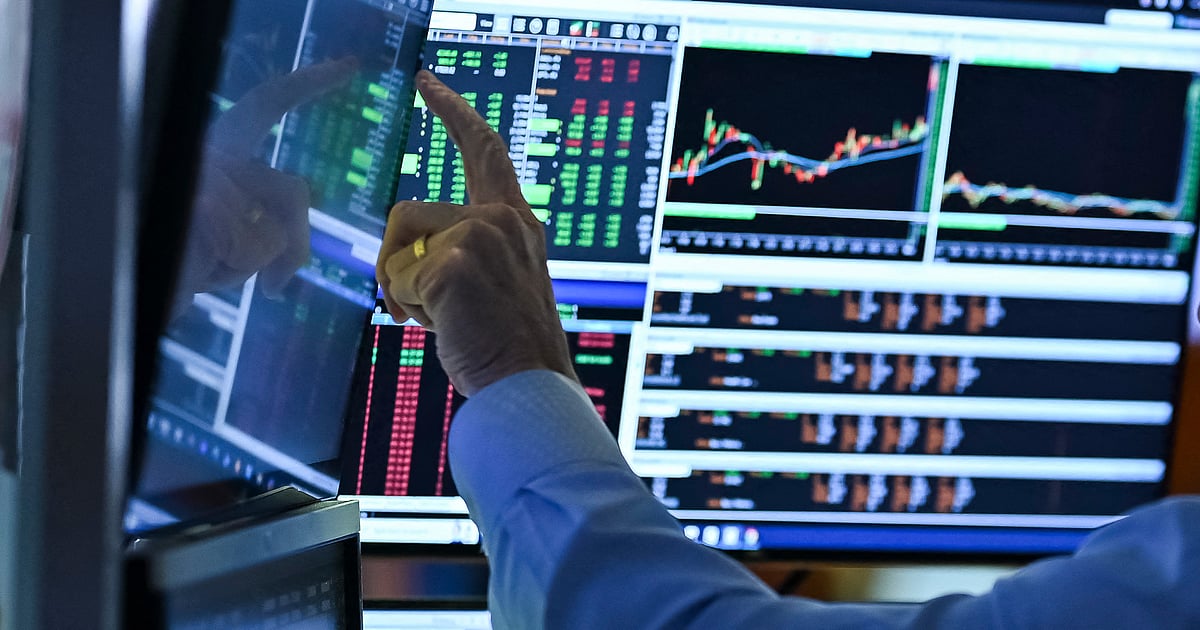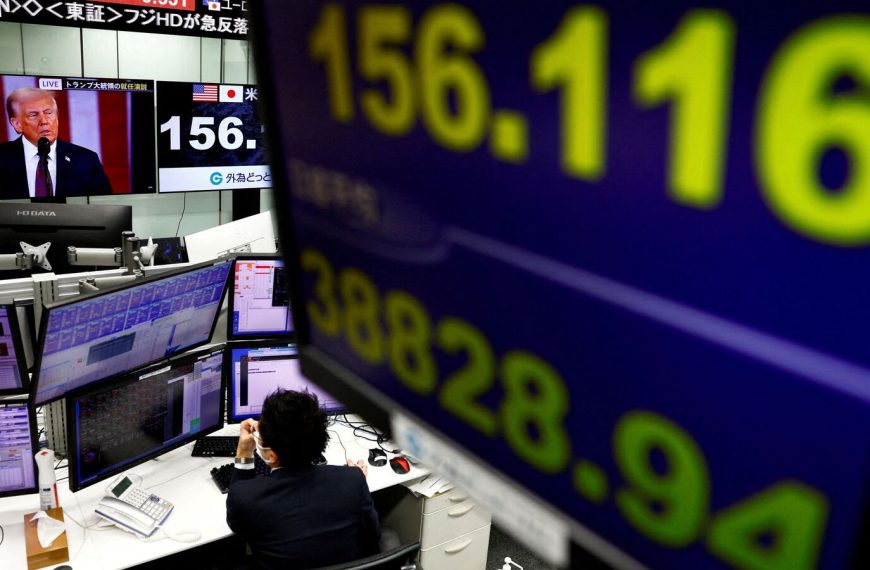Amid the recent turbulence in financial markets, investors are experiencing a complex mix of recovery and caution. The upswing in Asian stocks, buoyed by positive sentiment surrounding a potential resolution of the US-China trade conflict, suggests a turning tide. Following a robust performance in US equities, Australian and Japanese shares surged significantly. Notably, Japan’s Topix index celebrated its 13th consecutive day of gains, marking the longest winning streak in 16 years.
Market Rebound Driven by Trade Optimism
The renewed appetite for risk assets comes as the world’s two largest economies announced a significant reduction in tariffs. In a strategic move, the US has decreased its duties on Chinese imports from 145% to 30% for a trial period of 90 days, while China reciprocated by lowering its tariffs on most goods to 10%. This coordinated effort has sparked optimism among investors, particularly those who had previously adopted defensive strategies amid April’s market chaos.
- US stock benchmarks have surpassed President Donald Trump’s “Liberation Day” level, driven by a resurgence in technology shares.
- The Nasdaq 100 has re-entered a bull market, recovering from a 20% drop just a month prior.
Strategic Shifts in Investor Sentiment
As the market stabilizes, many investors are beginning to unwind positions that capitalized on volatility and anticipated multiple interest rate cuts from the Federal Reserve. According to strategists at HSBC, this shift could lead to increased optimism in risk assets. “The tone from the US administration suggests that future market dips could present buying opportunities,” noted strategist Max Kettner.
Global Economic Implications
The implications of the trade negotiations extend beyond immediate market reactions. In Japan, Prime Minister Shigeru Ishiba emphasized the necessity for a trade agreement with the US that addresses automotive concerns. Meanwhile, in China, there is a palpable sense of relief as the negotiations yield swift results. The Hang Seng Index and the Hang Seng China Enterprises Index both climbed 3% in response to the positive developments.
- Patrick Pan, an equity strategist at Daiwa Capital Markets, anticipates that the “trade optimism” will propel Chinese equities upward, particularly in sectors adversely affected by tariffs, such as electronics and textiles.
The Influence of Political Messaging
Investors who heeded Trump’s social media advice have recently reaped substantial rewards, witnessing one of the most significant rallies in the S&P 500 during his administration. Following his comments on April 9, which suggested it was “a great time to buy,” the market saw a notable upswing. Trump reiterated this sentiment on May 8, reinforcing his belief in the economic recovery.
Market Movements and Projections
Looking ahead, the market is responding to evolving trade policies and expectations of future interest rate adjustments. The anticipated easing by the Federal Reserve has decreased, with market participants now forecasting just 56 basis points of cuts by December, down from 75 basis points just a week prior.
- Federal Reserve Governor Adriana Kugler remarked that while current tariff reductions may alleviate some immediate pressure, the long-term effects of trade policies on inflation and economic growth remain significant.
Key Market Indicators
-
Stocks:
- S&P 500 futures dipped 0.2% as of 9:18 a.m. Tokyo time.
- Japan’s Topix rose 1.7%.
- Australia’s S&P/ASX 200 climbed 0.9%.
-
Currencies:
- The euro increased 0.2% to $1.1105.
- The Japanese yen and offshore yuan showed little fluctuation.
-
Bonds:
- The yield on 10-year Treasuries fell by two basis points to 4.45%.
- Commodities:
- WTI crude oil dropped 0.3% to $61.77 a barrel.
- Spot gold ticked up 0.1% to $3,240.93 an ounce.
As market dynamics continue to evolve, investors are urged to remain vigilant and adaptable, ready to seize opportunities as they arise.











